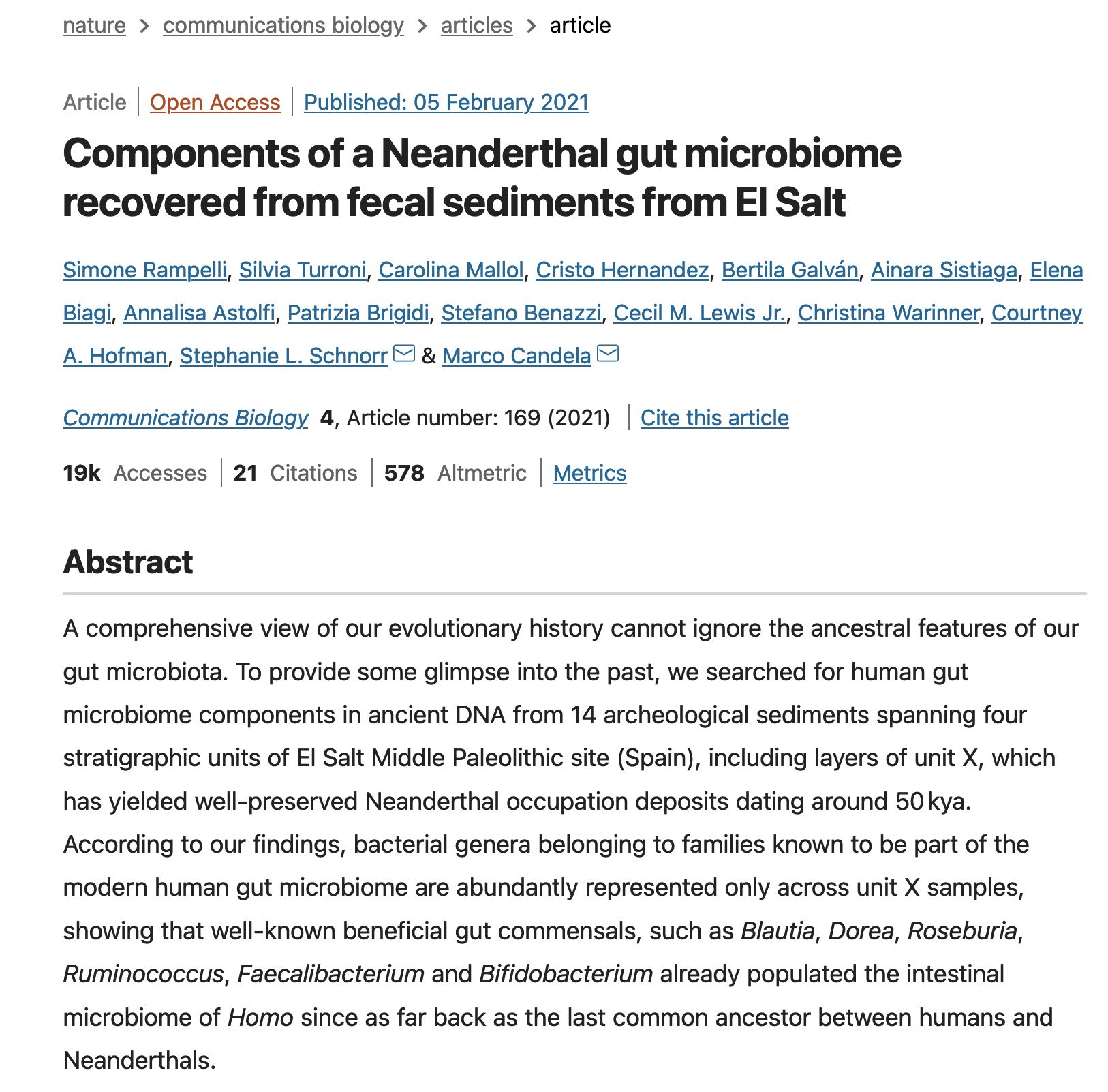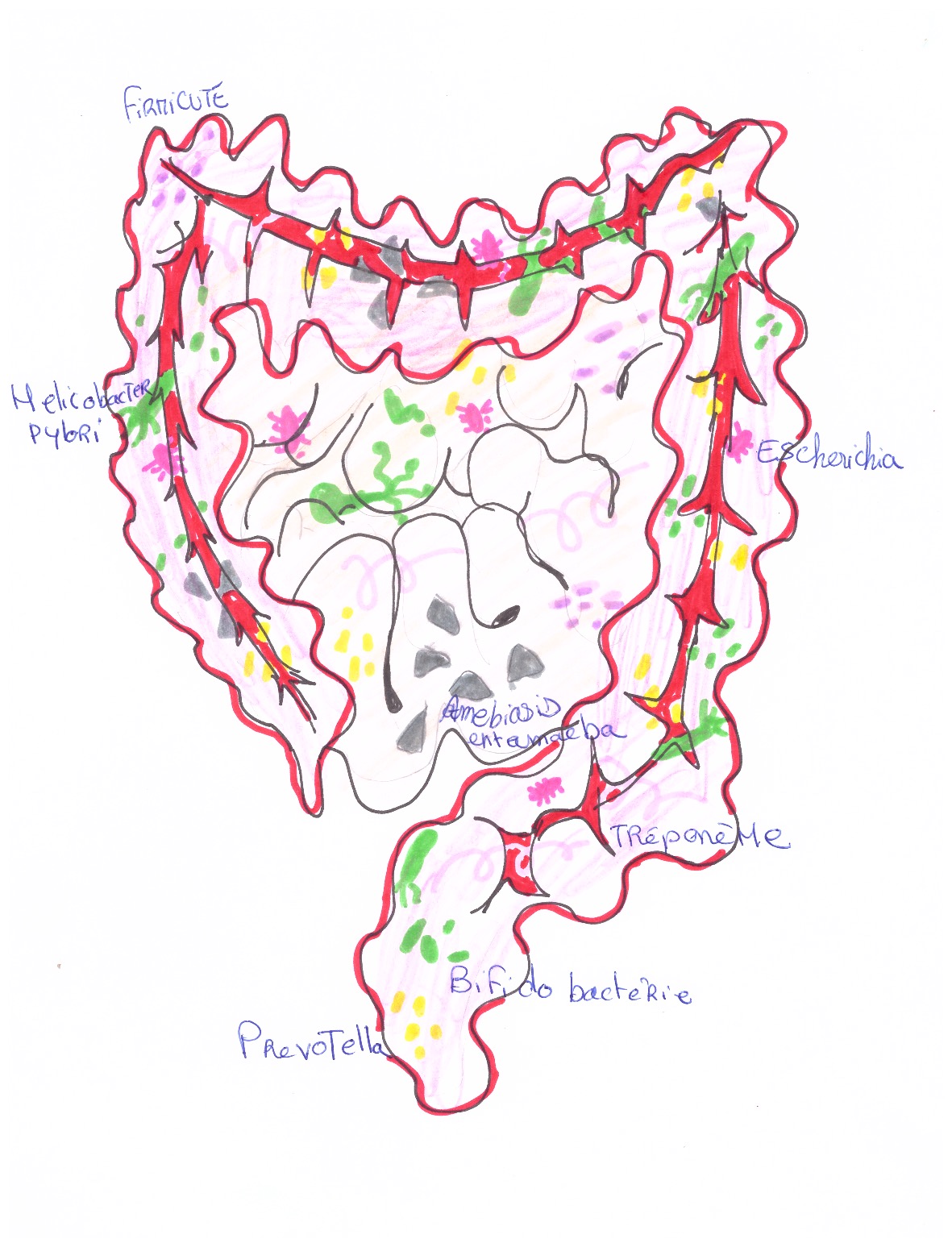IMMORTELS ANIMALCULES
INSTALLATION 2017, Rapprochement,Lys, France
"Immortal animalcules" is an attempt to reconstruct the microbiome of a prehistoric man. I want to recreate a bacterial sample on an enlarged scale using felted wool. The methodology is inspired by making a model of a vanished house or temple. It's like an open-air culture outside the laboratory. The material and the volume allow us to get close to the hairiness of the bacteria.
Inside our intestines lie bacteria that are at least 15 million years old. Scientists have studied fossilized excreta from all over the world (Hinds Cabes, caves in the USA, 8,000 years old; Rio Zape, Mexico, 1,600 years old; Caserones, Chile, 1,400 years old; the stomach of the 5,300-year-old mummy Ötzi, dating prehistoric migratory movements between the Near East and Europe). It turns out that people living in industrialized countries have lost some of the bacteria certain bacteria still present in those of Africans, Malawians, gorillas and chimpanzees. Changes in diet and the use of antibiotics may have brought about this change. 1

paper
The relationship between food and "living archaeology" is an intelligent and intriguing one. Art can play a part in archaeological research. Contemporary creation invites us to question our perception and knowledge of the representations of societies of yesteryear. It's also an invitation for archaeologists to take an interest in the practices of creative artists, to question their methods of investigation.

Drawing @ARMET 2017
It's another way of looking at the evolution of bacteria. "Neanderthal man would have been an ecologist". I'm interested in what paleoanthropologist and historian Marcel Otte has to say about our modern agriculture. Which is more responsible? More in tune with nature? Bacteria are indicators of the evolution of our agriculture and our health. They are living, resistant fossils.
- Rampelli, S., Turroni, S., Mallol, C. et al. Components of a Neanderthal gut microbiome recovered from fecal sediments from El Salt. Commun Biol 4, 169 (2021). https://doi.org/10.1038/s42003-021-01689-y here.









